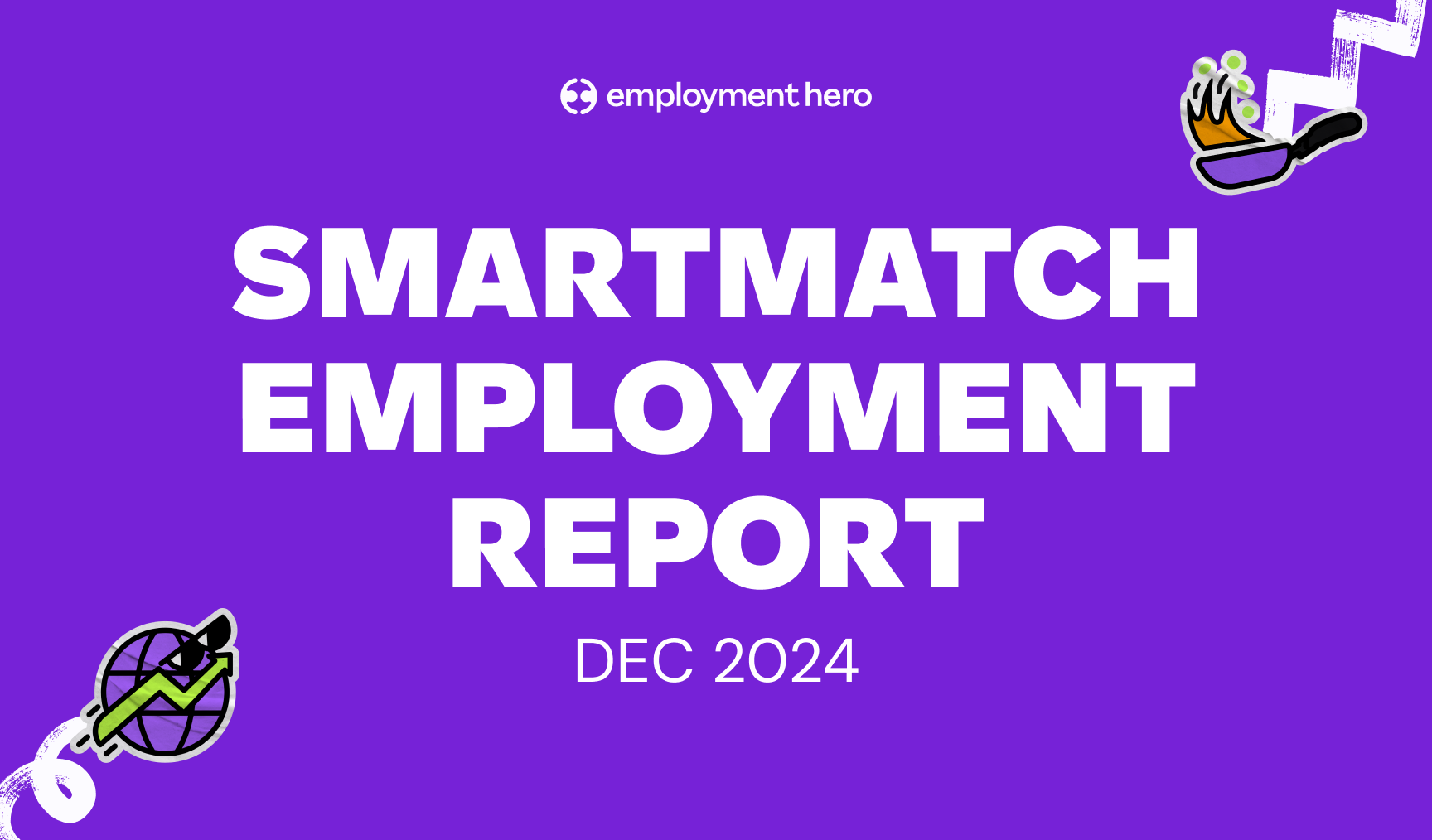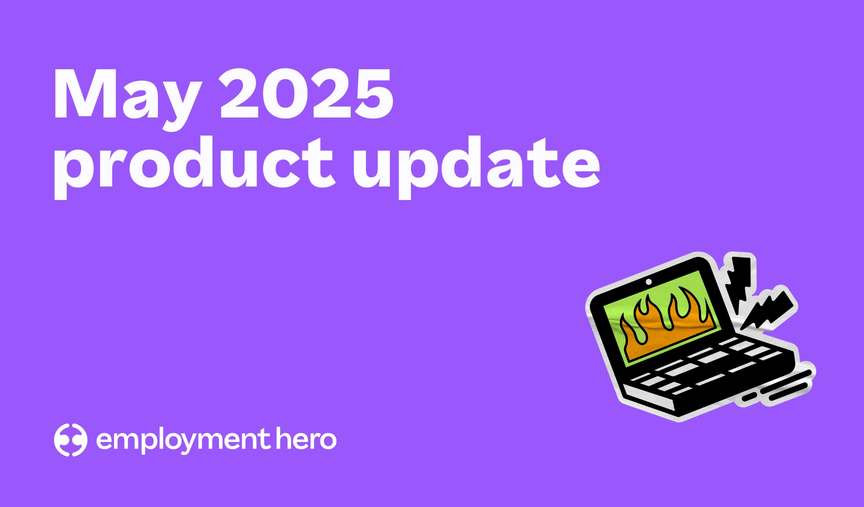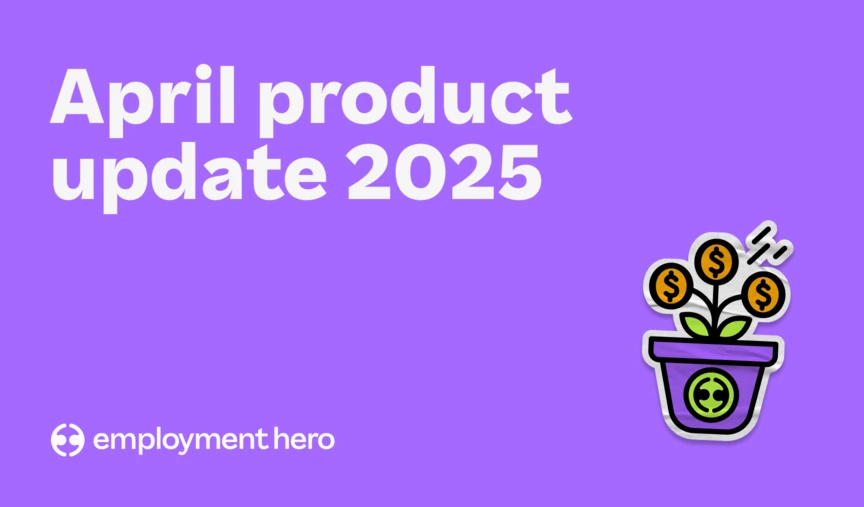Latest data from Employment Hero signals shifts in holiday workforce trends

Contents
- Employment Hero’s December SmartMatch Employment Report highlights the contrasting outcomes of the holiday season
- Overall employment grew 7.6% YoY yet posted its first negative monthly change in over a year (-0.1% MoM)
- Median hourly wage rose 4.5% YoY, reaching $42.20 in December 2024
- Full-time employees saw the strongest gains at +5.4% YoY, followed by part-time at +5.1% YoY; casual roles lagged behind at +3.5% YoY
SYDNEY, AUSTRALIA– January 16: Employment Hero, the global employment platform, has released new data that paints a complex picture of the labour market over the December period, highlighting how small businesses and employees navigated the holiday season.
Employment Hero’s SmartMatch Employment Report (SMER), drawing on real-time anonymised and aggregated payroll data from over 1.1 million Australians, revealed a 4.5% YoY rise in wage growth and a 7.6% YoY boost in employment, however, short-term data hinted at employers’ reluctance to expand workforces.
December saw the first monthly decline in employment (-0.1%) in over a year, signalling a potential recalibration by employers as annual employment growth continued its slowdown from earlier double-digit rates.
Ben Thompson, CEO at Employment Hero said: “December’s employment data tells a nuanced story of the Australian job market. Sectors like technology and construction continue to thrive, fuelling new opportunities for job seekers. The cooling in retail, healthcare, and casual work, coupled with reduced hours for younger workers however, indicate a cautious approach from employers navigating rising costs and economic uncertainty, prioritising tenure and safe bets.”
Sectoral disparities clear in December
Tech, tradies, transport on top:
- Science & Technology workers boasted the largest MoM wage growth at 3.7% with the highest median hourly wage across industries at $63.50. The sector also recorded 7.9% YoY employment growth, indicating tech jobs were still in high demand, despite the holidays approaching.
- Construction & Trade Services held the top spot for annual wage growth at 6.9% YoY, indicating continued demand for skilled workers.
- Manufacturing, Transport & Logistics employment rose +6.0% YoY, and 2.6% QoQ as the sector powered through Black Friday and Christmas deliveries, clocking more hours than last year, a slight +1.5% YoY increase.
Healthcare under strain
- Wages in Healthcare & Community Services experienced the slowest annual growth across industries at just 2.5% YoY. While employees in this sector are the third highest earners across industries at a median hourly rate of $47.50, hours worked fell -4.8% QoQ, pointing to staffing shortages and tight budgets in an essential but overstretched sector.
Retail and hospitality’s festive fizzle
- Seasonally adjusted data revealed subdued activity in Retail, Hospitality & Tourism sectors during what is typically their busiest season. Wages dropped -0.1% MoM and -0.6% QoQ, while employment grew by just 3.8% YoY. A conflation of rising operational costs, shifting consumer behaviour and potential sales-fatigue seems to have left businesses reluctant to expand staff hours or raise pay as economic pressures linger.
Other Key Findings
State by State
- Queensland takes the crown: Overall, the Sunshine State led the nation with 8.0% YoY employment growth and wages following suit, climbing 1.4% QoQ to a median hourly rate of $42.50, behind ACT ($42.60) and NSW ($43).
- WA’s Wage Woes:WA’s wage growth slowed to just 2.6% YoY, while employment grew by 4.7% YoY, both figures lagging behind the national average. Once a standout, the state’s economic activity cooled significantly compared to Queensland and New South Wales.
The Generational Divide
- Older, wiser… wealthier?: Older workers fared better than their younger counterparts, with employees aged 45–54 seeing a 5.5% YoY wage increase—the highest among all age groups. Meanwhile, Gen Z workers (aged 18–24) experienced a 5.3% YoY employment increase, but with fewer hours worked (-1.3% YoY), leaving many with thinner paychecks.
- Gen Z’s Career Glow-Down: At first glance, workers aged 18–24 appeared to benefit, with employment climbing 5.3% YoY. But hours worked fell -1.3% YoY, indicating many were hired for fewer shifts or shorter days. Wage growth lagged at just 3.1% YoY, below the national average of 4.5%, leaving Gen Z with thinner holiday paychecks than it might seem.
Teens aged 14–17 also saw their hours worked tumble -6.5% YoY indicating rite of passage school holiday jobs were in short supply this year.
Casual workers left hanging
- Casual employment surged 13.3% YoY, but average hours worked dropped by -10.7% QoQ, leaving many juggling more jobs but earning less. Wages fell by -0.3% MoM, showing that more opportunities didn’t translate into better financial outcomes for this flexible workforce.
Thompson concludes: “Aussie small businesses are continuing to feel the pressure from increased expenses, andlikely, headwinds of new compliance and regulatory requirements coming into play in this year, which may create reluctance to expand their teams. Despite this, the upcoming election year brings a sense of optimism for the small business sector and their employees, which may shift priorities toward balancing stability with growth. The potential for new policies and support measures on the horizon raises an opportunity to address persistent challenges impacting the nation’s most vital sectors, while creating valuable employment opportunities for Australia’s current and future workforce.”
Related Resources
-
 Read more: Product Update: June 2025
Read more: Product Update: June 2025Product Update: June 2025
Follow our June 2025 product update as we share all of the latest and greatest features we’ve released over the…
-
 Read more: Product Update: May 2025
Read more: Product Update: May 2025Product Update: May 2025
Follow our May 2025 product update as we share all of the latest and greatest features we’ve released over the…
-
 Read more: Product Update: April 2025
Read more: Product Update: April 2025Product Update: April 2025
Follow our April 2025 product update as we share all of the latest and greatest features we’ve released over the…







